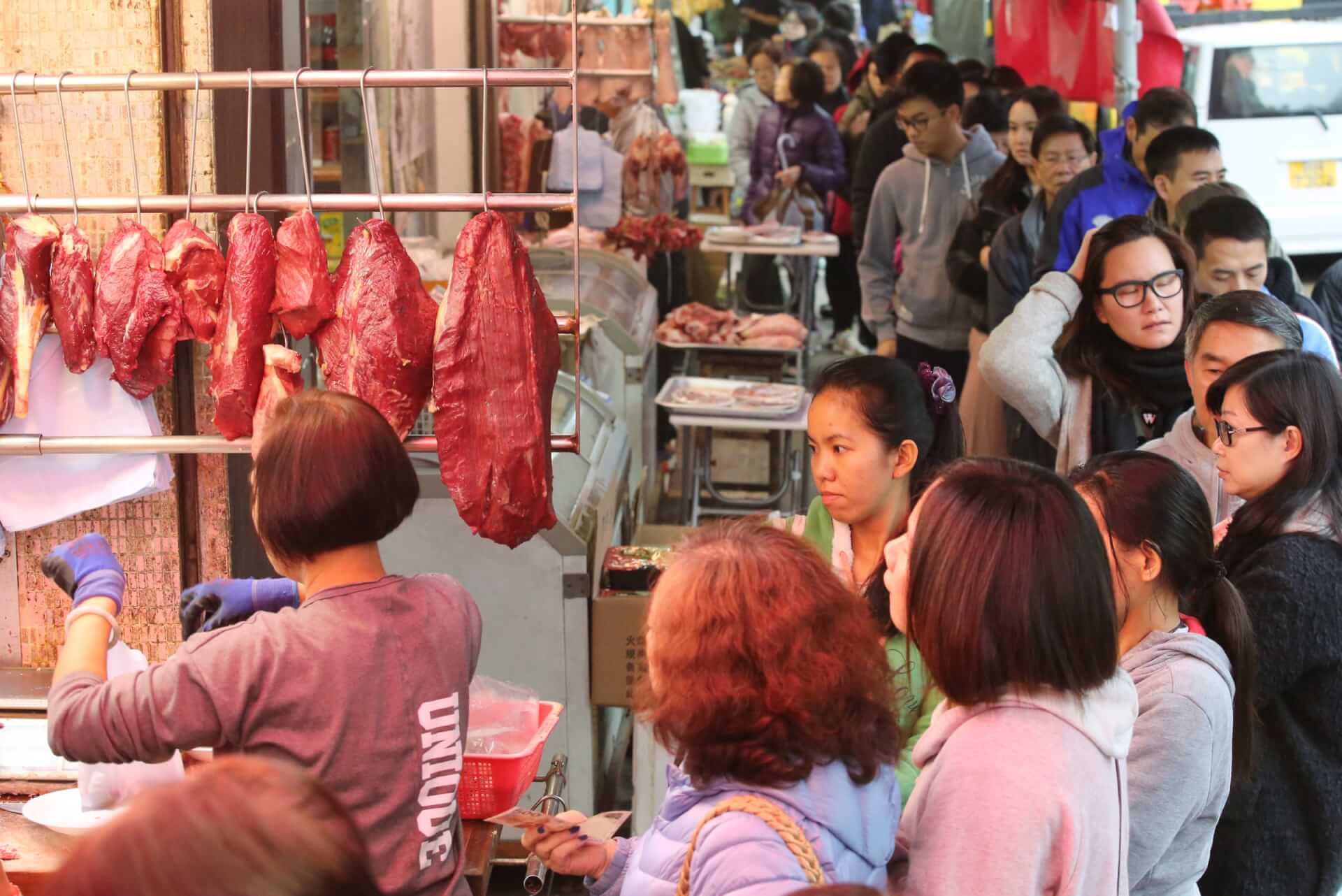China’s National Health Commission (NHC) on Tuesday published its own version of the World Health Organization (WHO) report of the origin of the COVID-19 virus, a study which was jointly carried out with the help of Chinese experts in Wuhan. This follows the publication of the English version by the WHO on March 30 that reiterated that “all hypotheses remain on the table.”
Chinese state-owned media house Global Times reported that according to the Chinese version of the WHO report, the Huanan Seafood Wholesale Market in Wuhan, which was speculated to be the originating source of the virus due to the large clusters of infections that were recorded there in 2019, was not the original source of the outbreak. The coverage did not specify the data that led to the conclusion or include any reasons or associated evidence for refuting the widely-believed wet market theory.
However, a team of Chinese scientists affiliated with various research institutes published descriptions of the first cluster recorded in Wuhan in The Lancet last year, and concluded that “no epidemiological link was found between the first patient and later cases.” The team interpreted that Wuhan’s “cluster of pneumonia cases” was caused by the 2019-nCoV infection that resulted in “severe respiratory illness similar to severe acute respiratory syndrome coronavirus.”
The health ministry’s recent report did, however, agree with the part of the WHO report that considers a laboratory leak as the origin of the virus to be an “extremely unlikely pathway,” a theory that China has long accused many Western politicians and media of pursuing without evidence.
While the WHO team of experts that travelled to Wuhan in January to explore the origins of the virus—which has now claimed the lives of 3,735,571 people worldwide—did dismiss the lab leak theory in February, the theory gained renewed momentum after The Wall Street Journal (WSJ) posted an explosive article titled “Intelligence on Sick Staff at Wuhan Lab Fuels Debate on COVID-19 Origin.” The WSJ report claimed that three researchers from China’s Wuhan Institute of Virology became sick, exhibiting symptoms consistent with COVID-19 in November 2019, and had to seek hospital care. The report also cited newly declassified information by the United States (US) Department of State that revealed details regarding the number of researchers affected, the timing of their illnesses, and their hospital visits, further backing up the lab leak theory.
As the urgency for confirming the origin of the virus heightens globally, US President Joe Biden ordered American intelligence agencies last month to investigate the origins of the novel coronavirus on priority and report back to him in 90 days on areas of further inquiry, as well as specific questions for China. According to Peter Ben Embarek, the Danish WHO food safety expert leading the WHO’s international team, the four theories that currently remain open to speculation include: direct zoonotic spillover; introduction through intermediary host species; food chain, frozen food products, and surface transmission; and a laboratory-related incident.
With the lack of adequate evidence for either theory and China’s health ministry now also refuting the popular wet market theory, the origin of the lethal virus remains shrouded in speculation. The Global Times article concluded by quoting Chinese scientists on the WHO-China research team, stating that “if WHO scientists cannot find the answer in China regarding the origins of the coronavirus, maybe it’s time for them to dig somewhere else and test more hypotheses to solve the mystery.”

